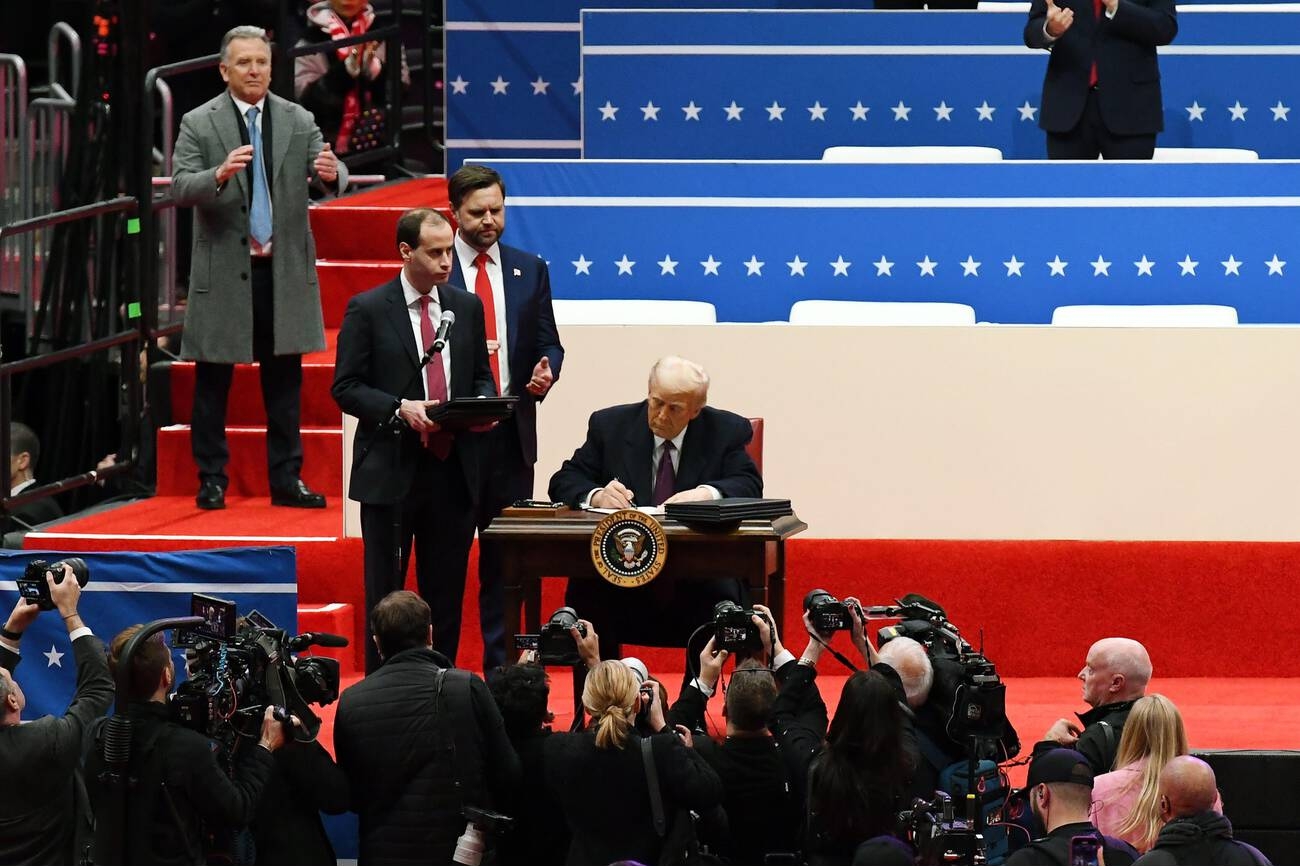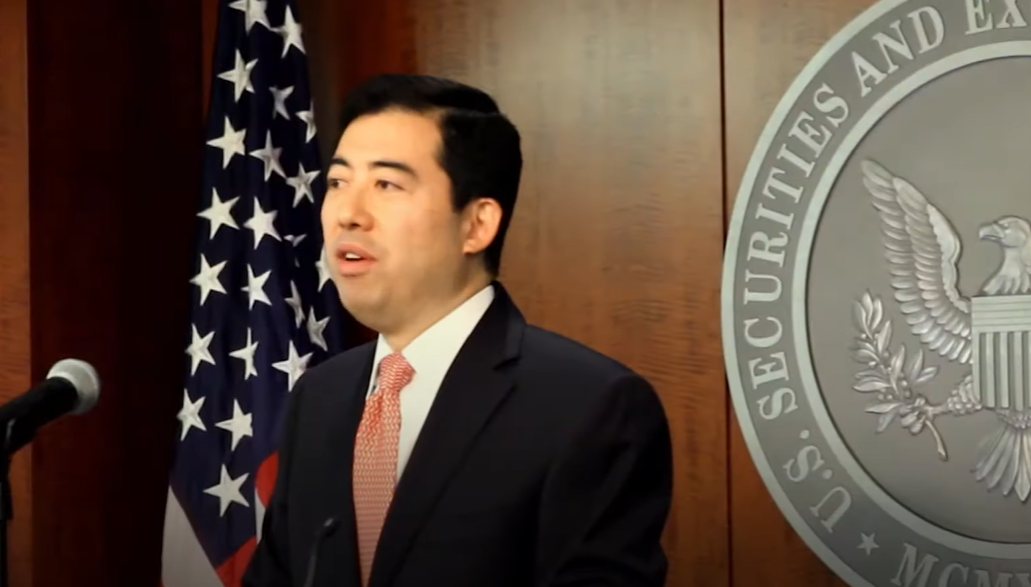U.S. employers remain confident in their hiring plans as they embark on a new year, according to CareerBuilder’s annual job forecast. Thirty-six percent of employers plan to add full-time, permanent employees in 2016, the same as 2015. Nearly half of employers (47 percent) plan to hire temporary or contract workers.
Workers can also expect to see higher starting salaries, more teens in internships, more women and minorities in leadership, and more opportunities to move from low-skill to high-skill jobs, among other trends.
“On average, the U.S. has added 200,000 jobs each month over the last two years, and we expect 2016 to produce similar results, if not better,” said Matt Ferguson, CEO of CareerBuilder and co-author of The Talent Equation. “The market is also showing signs of broader wage pressure. While employers have been more willing to pay a premium for high-skill labor, they now have to pay more competitive wages for entry-level positions. Workers are gaining leverage.”
The national survey was conducted online by Harris Poll on behalf of CareerBuilder from Nov. 4 to Dec. 1, 2015, and included a representative sample of 2,338 hiring managers and human resource professionals across industries.
Full-time, Permanent Hiring
While more than a third of employers are increasing full-time, permanent headcount, 45 percent anticipate no change. One in ten employers (10 percent) plan to decrease staff levels, while 9 percent are unsure of their hiring plans.
Comparing industries, financial services (46 percent), information technology (44 percent), and health care1 (43 percent) are expected to outperform the national average for employers adding full-time staff. Manufacturing (37 percent) is expected to mirror the national average.
Temporary and Contract Hiring
Employers are also optimistic about temporary employment. Forty-seven percent reported they will add temporary or contract workers in 2016, up slightly from 46 percent last year. Of these employers, 58 percent plan to transition some temporary or contract workers into permanent roles in 2016.
Hot Areas for Hiring
Of the employers who plan to increase the number of full-time employees in the new year, the top areas they’ll be recruiting for include:
Customer Service – 32 percent Information Technology – 29 percent Sales – 27 percent Production – 24 percent Administrative – 20 percent Marketing – 18 percent Business Development – 16 percent Human Resources – 16 percent Accounting/Finance – 15 percent Engineering – 13 percent
Small Business Hiring
Small business managers are feeling better about their financial prospects in 2016 and are looking to expand their staff.
Of businesses with 50 or fewer employees, 27 percent plan to hire full-time, permanent employees, up from 20 percent last year. Of those with 250 or fewer employees, 33 percent plan to hire full-time, permanent employees, up from 29 percent last year.
Among larger companies with more than 500 employees, 42 percent plan to add full-time, permanent employees, on par with last year (43 percent).
Hiring By Region
At 42 percent, the West has the highest percentage of employers expecting to add full-time, permanent headcount, followed by the South (36 percent), Midwest (34 percent) and Northeast (30 percent). However, the West also houses the highest percentage of employers expecting to decrease staff, at 12 percent, compared to 10 percent in the Northeast and Midwest and 9 percent in the South.
Five Trends to Watch in the New Year
Looking at key trends that will help shape the employment landscape in 2016, several are tied to higher competition for talent, innovation in sourcing and developing high-skill workers, and a push for more diversity in leadership.
- Opening New Doors for Low-Skill Workers – Many employers are concerned with a growing skills gap (63 percent) and report extended vacancies within their organizations (48 percent). Thirty-three percent of employers plan to hire low-skill workers and invest in training them for high-skill jobs in 2016.
- Hiring Younger Interns – To encourage the next generation to pursue STEM-related fields (science, technology, engineering and math) and other in-demand areas, employers are building relationships with students at an early age. One quarter (25 percent) plan to hire high school students as interns over the next 12 months.
- Increasing Wages at All Levels – To retain and attract top performers, 83 percent of employers plan to increase compensation for existing employees – on par with 82 percent last year – while 66 percent will offer higher starting salaries for new employees – up from 64 percent last year.
- Reaching Beyond U.S. Borders – Employers will continue to look at talent pools outside the U.S. to help fill labor deficits. Nearly 1 in 5 (19 percent) say they will hire workers with H-1B visas in 2016, which will enable them to employ temporarily foreign-born workers for specialized occupations.
- Diversifying Management – Companies are expanding demographics in their company leadership. Fifty-five percent of employers plan to hire or promote more women for management roles, and 53 percent plan to do the same for diverse workers. Forty-seven percent of employers plan to promote workers under the age of 30 into management roles.
Thanks for reading CPA Practice Advisor!
Subscribe Already registered? Log In
Need more information? Read the FAQs
Tags: Accounting, Firm Management, Payroll, Staffing, Technology



